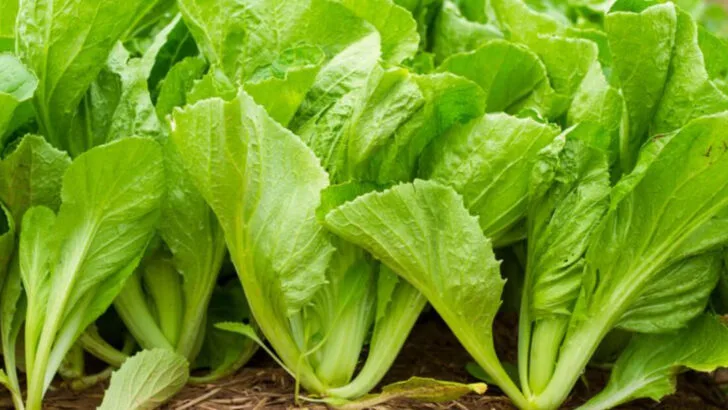Keeping leafy greens going strong through the heat of summer can feel like a losing battle. Some varieties shoot up flowers almost overnight once temperatures rise, turning bitter and inedible before you even get to harvest a second batch. It’s frustrating when your salad bed looks great in May, then bolts before July.
But not all greens melt under pressure. Some are surprisingly tough and can hold their own through scorching afternoons and dry spells. If you’re tired of replanting after every heatwave, there are leafy options that won’t let you down mid-season and just as importantly, a few to avoid once summer hits full swing.
Swiss Chard
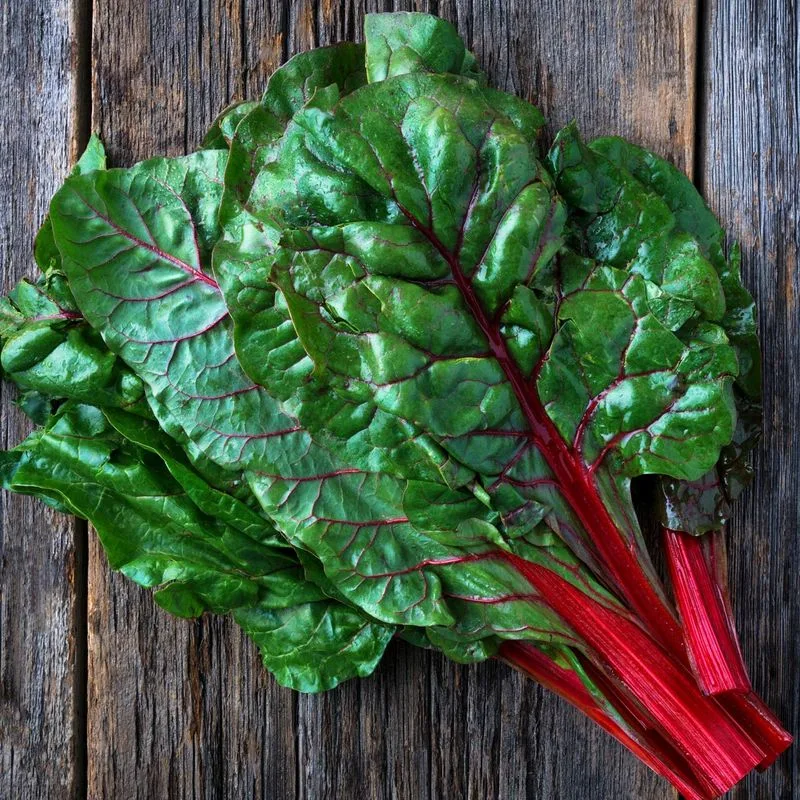
With its vibrant, multicolored stems, Swiss Chard not only adds beauty but also resilience to gardens. This leafy green is known for tolerating heat exceptionally well, making it a favorite for summer gardens.
Swiss Chard’s robust nature ensures a continuous harvest even when temperatures rise, providing a steady supply of nutritious leaves. Its potential to endure makes it an ideal choice for gardeners looking to extend their growing season.
Did you know? Swiss Chard isn’t actually from Switzerland; it was named by a Swiss botanist, adding a touch of global history to your garden.
Kale
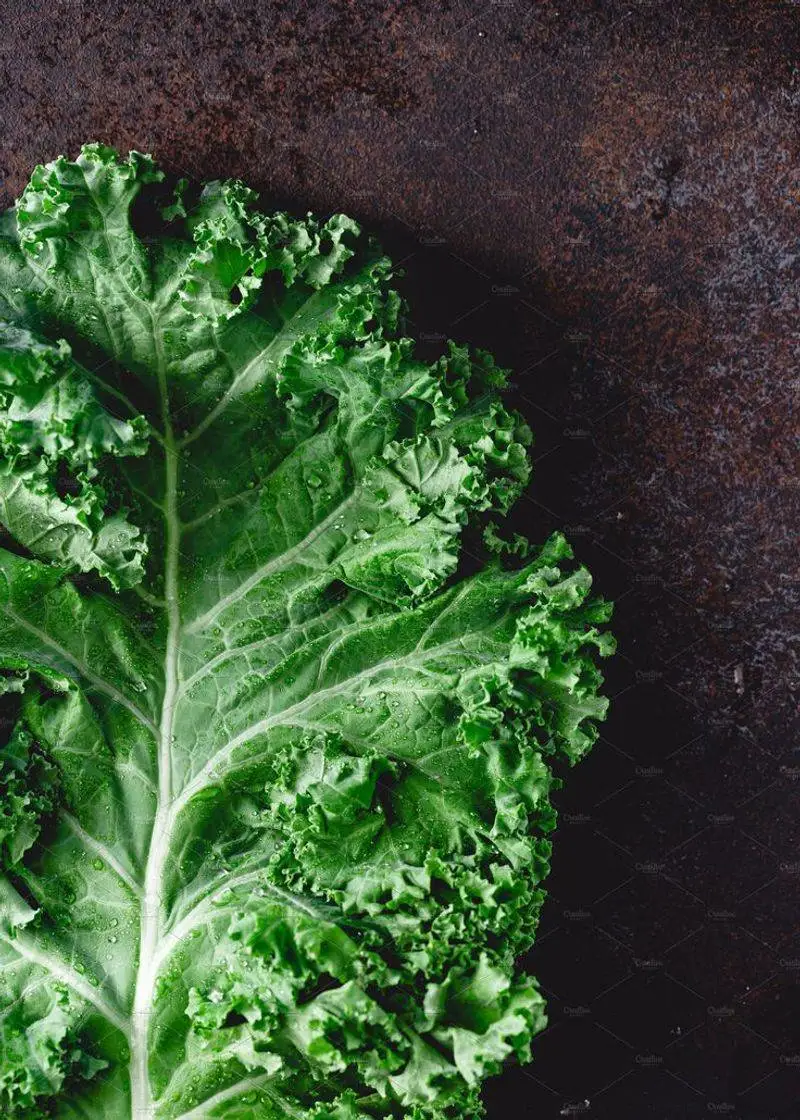
Kale, a powerhouse of nutrients, stands strong against the summer sun. Its thick leaves are not just highly nutritious but also remarkably heat-resistant.
This resilience allows gardeners to enjoy fresh kale throughout the hotter months without worry. Each leaf packs a punch of vitamins, making it a staple for health enthusiasts.
Fun fact: Ancient Romans and Greeks valued kale for its medicinal properties, long before it became a modern superfood. Its enduring popularity speaks volumes about its hardiness and health benefits.
Malabar Spinach
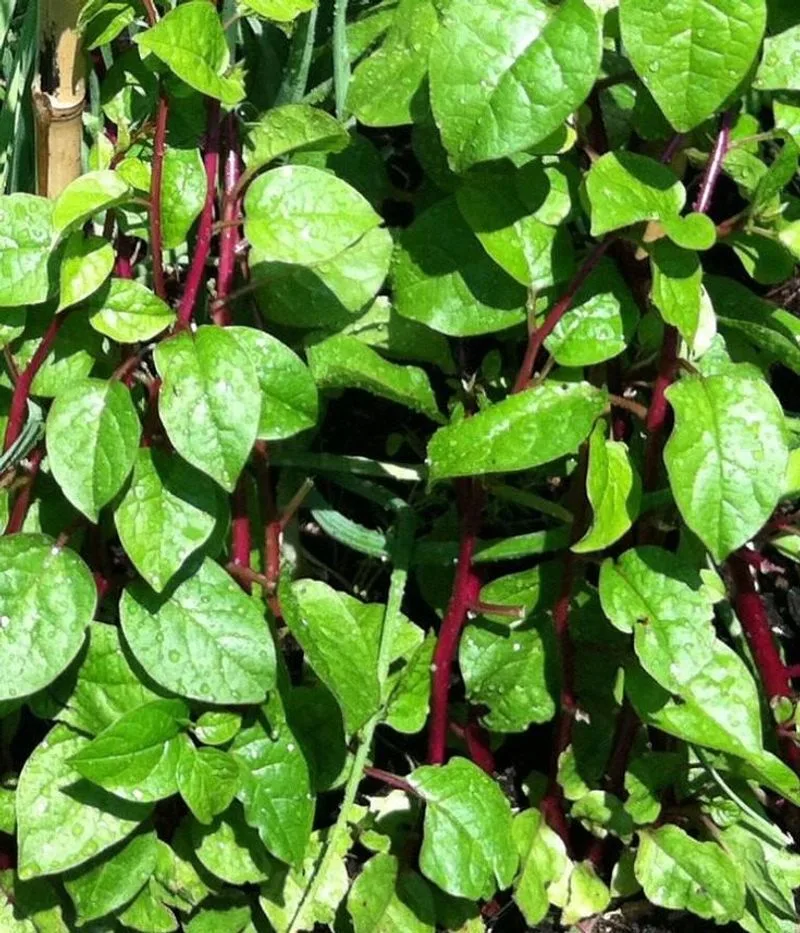
Unlike true spinach, Malabar Spinach thrives in heat, climbing gracefully as temperatures soar. Its glossy, thick leaves offer a different texture, making it a unique addition to salads and stir-fries.
Malabar Spinach is not only heat-tolerant but also visually appealing with its lush vines and bright green leaves. It’s perfect for gardeners seeking both aesthetics and functionality.
Its origins trace back to tropical regions, making it naturally suited for hot climates. This spinach variety truly shines where others falter.
Collard Greens
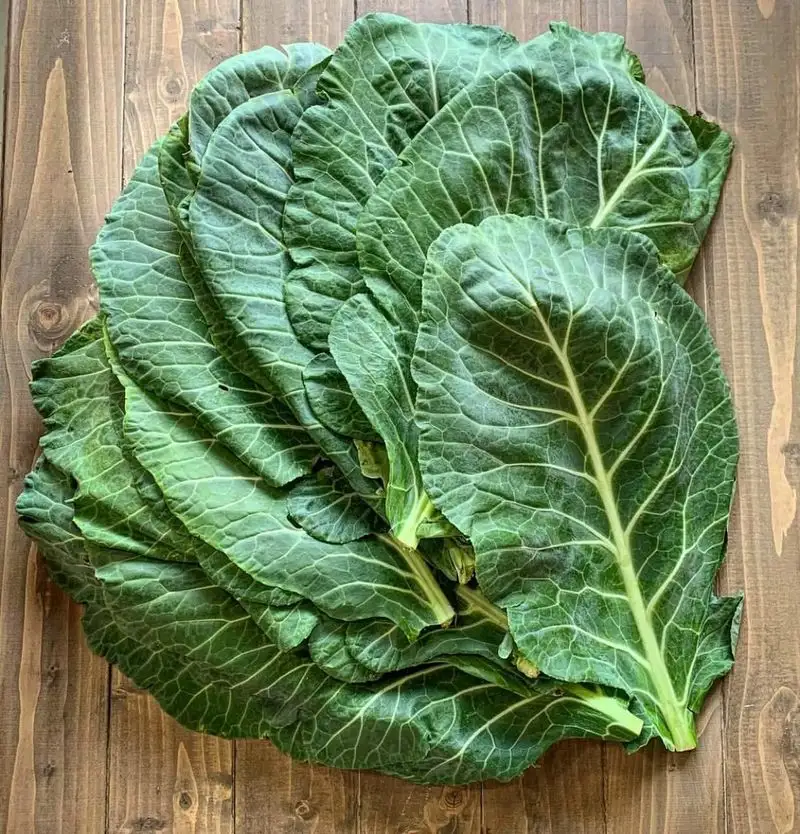
Collard Greens, with their broad, dark green leaves, are champions of the summer garden. Their ability to withstand heat makes them indispensable for seasonal harvests.
These greens offer a delightful, slightly bitter flavor that complements a variety of dishes. Collards are not only resilient but also rich in nutrients, supporting a healthy diet.
Originally hailing from the Mediterranean, collard greens have found their place in Southern cooking, bringing cultural richness to their robust growth habit.
Mustard Greens
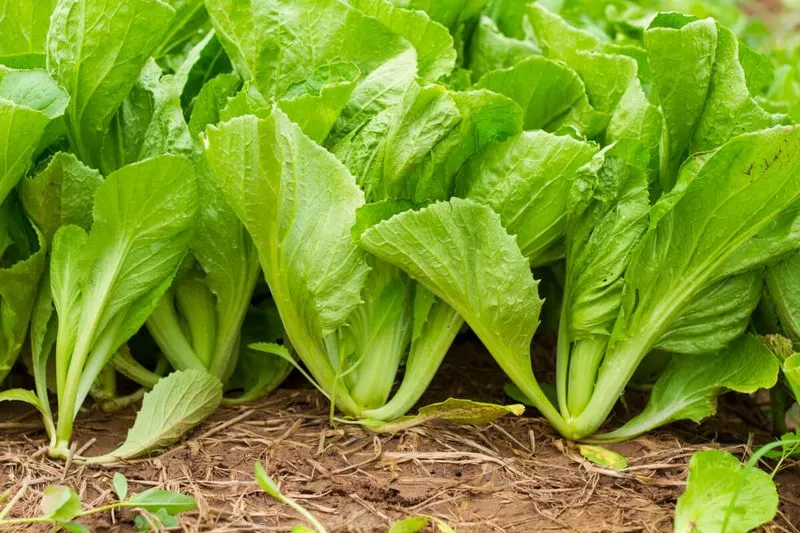
Mustard Greens are not just spicy in flavor but also in their ability to handle heat. These greens grow vigorously even when the sun blazes overhead.
Their peppery leaves add excitement to meals, offering a nutritional boost with each bite. Mustard greens are a gardener’s ally in maintaining a productive garden through the summer.
Historically, mustard greens have been used in Asian cuisines, showcasing their versatility across cultures and climates. Their adaptability is as spicy as their taste.
New Zealand Spinach
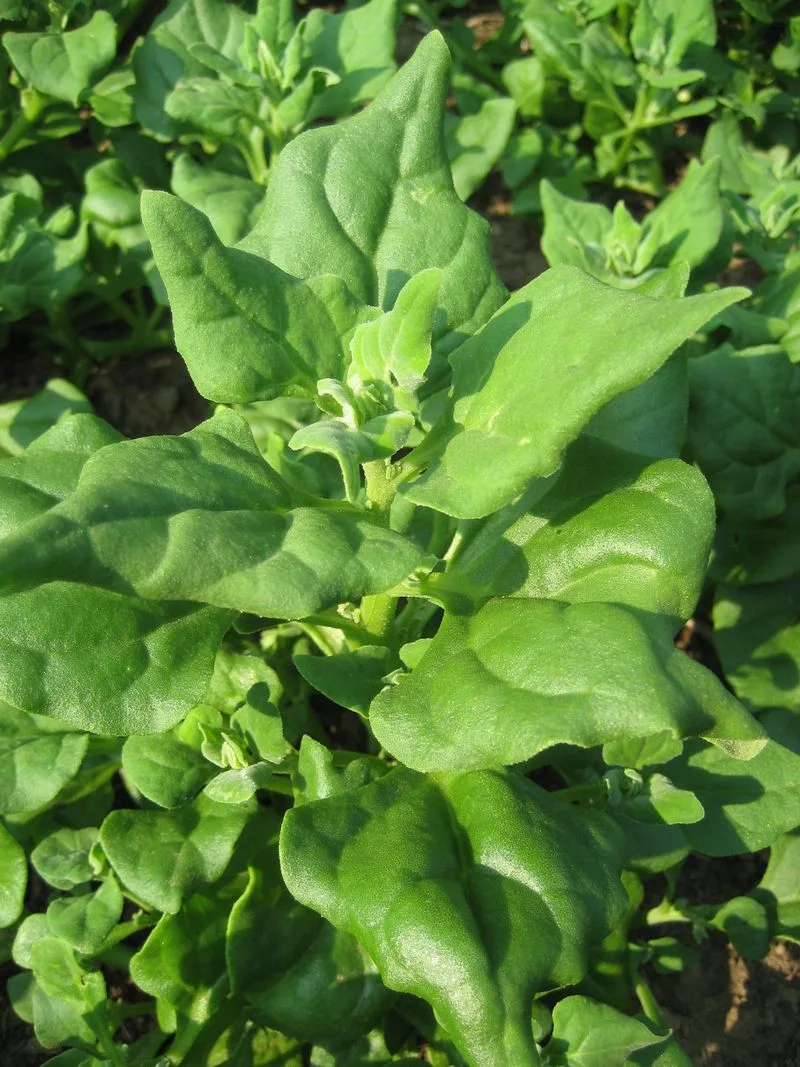
New Zealand Spinach, unrelated to true spinach, loves the sun and heat. Its succulent leaves stand up to the challenges of summer, providing a reliable green throughout the season.
This plant’s sprawling growth habit allows it to cover ground efficiently, making it a great choice for both culinary and ornamental purposes. Its unique taste adds a fresh touch to dishes.
Despite its name, New Zealand Spinach originated in Australia, adding a twist to its already intriguing profile.
Amaranth Greens
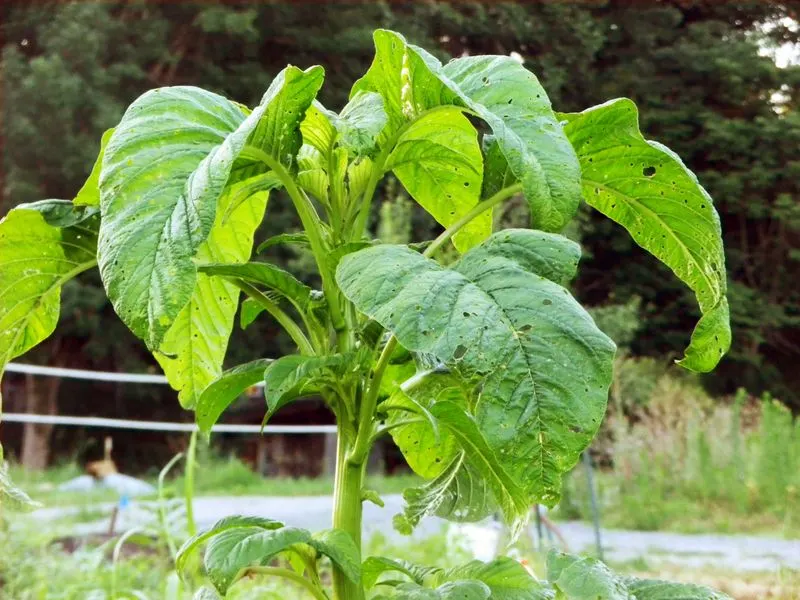
Amaranth Greens, with their vibrant hues, bring both beauty and heat resistance to gardens. These greens are known for their ability to thrive in warm climates, offering a hearty supply of nutrients.
Their slightly earthy taste complements a range of cuisines, providing versatility in cooking. Amaranth’s historical significance as a staple crop in ancient civilizations adds depth to its appeal.
Its resilience in hot weather makes it a trusted plant for summer gardens, standing out with its colorful presence.
Perpetual Spinach
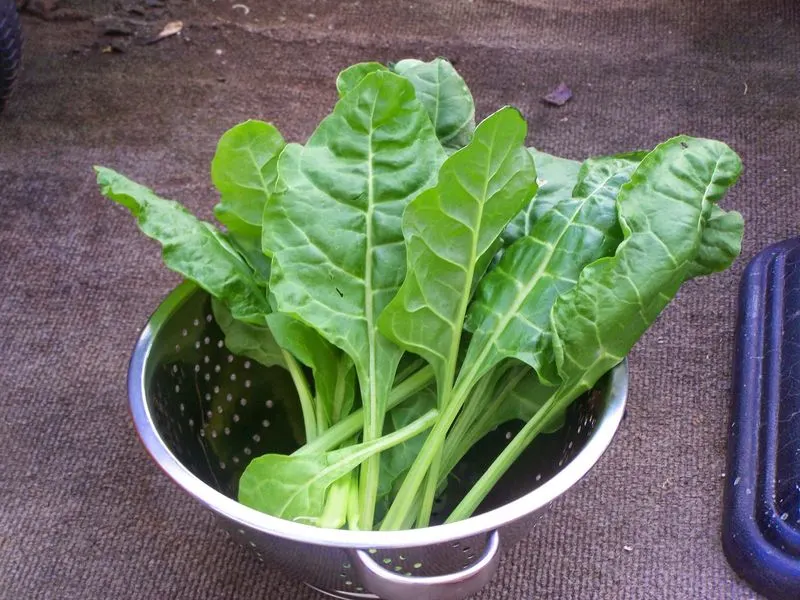
Perpetual Spinach, a type of chard, excels in heat tolerance, offering gardeners a constant supply of leafy greens. This hardy plant withstands the challenges of summer with ease.
Its mild flavor is suitable for various culinary uses, from salads to cooked dishes. Gardeners appreciate its continuous yield, which reduces the need for frequent replanting.
This variety’s persistence in producing leaves throughout the season highlights its suitability for warm climates, making it a garden staple.
Tatsoi
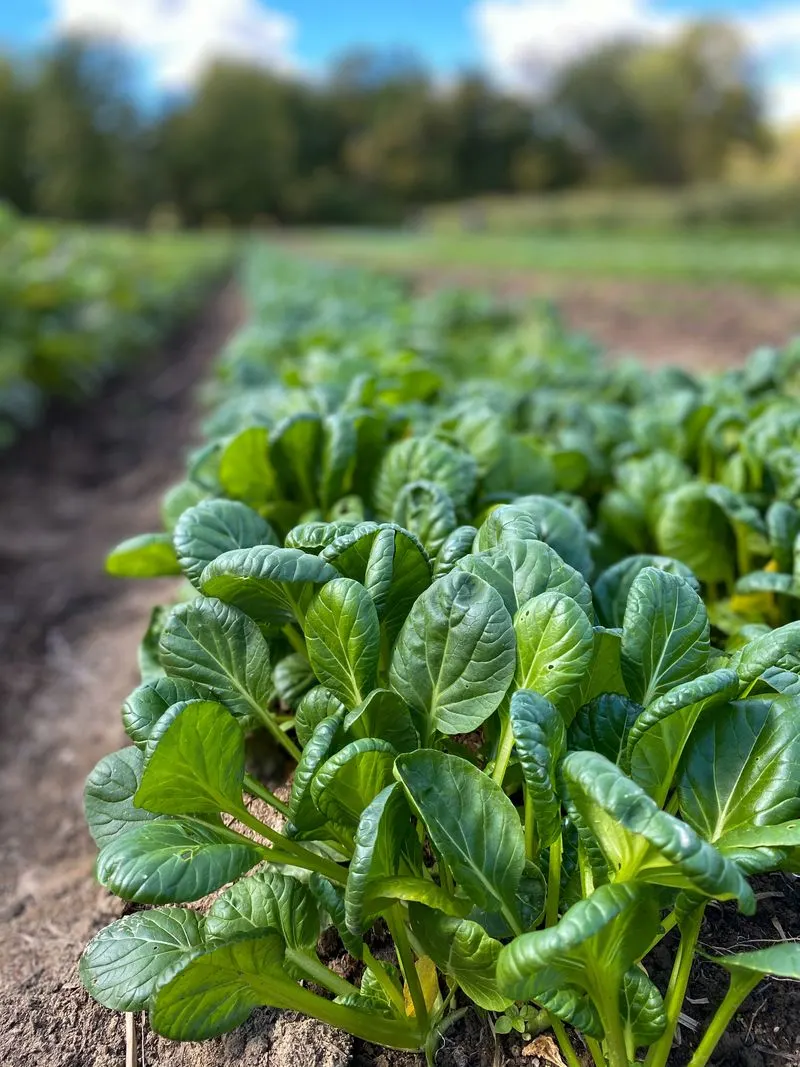
Tatsoi, with its spoon-shaped leaves, is a compact green that handles heat with grace. Its subtle, mustard-like flavor enriches salads and stir-fries.
This plant’s low-growing habit makes it ideal for tight spaces while still providing ample harvests. Tatsoi’s resilience to heat ensures it remains productive even in warmer temperatures.
Originally from Asia, Tatsoi brings both exotic flavor and practical growth habits to home gardens, thriving when others might bolt.
Mizuna
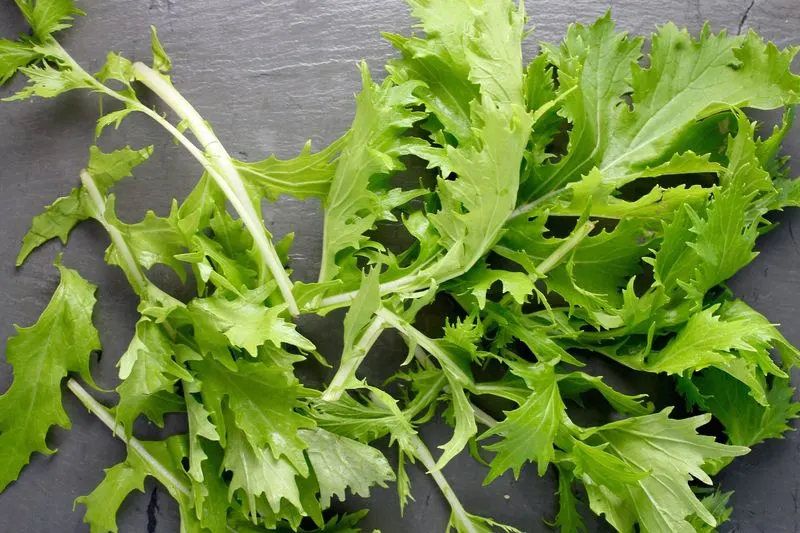
Mizuna, with its feathery leaves, adapts well to warm climates, standing strong against heat. Its mild, peppery taste adds zest to a variety of dishes.
Gardeners value mizuna for its ability to grow rapidly and withstand summer’s challenges. This green’s versatility in culinary applications makes it a favorite among chefs.
Mizuna’s origins in Japan have made it a staple in Asian cuisines, providing both historical significance and modern-day appeal.
Water Spinach
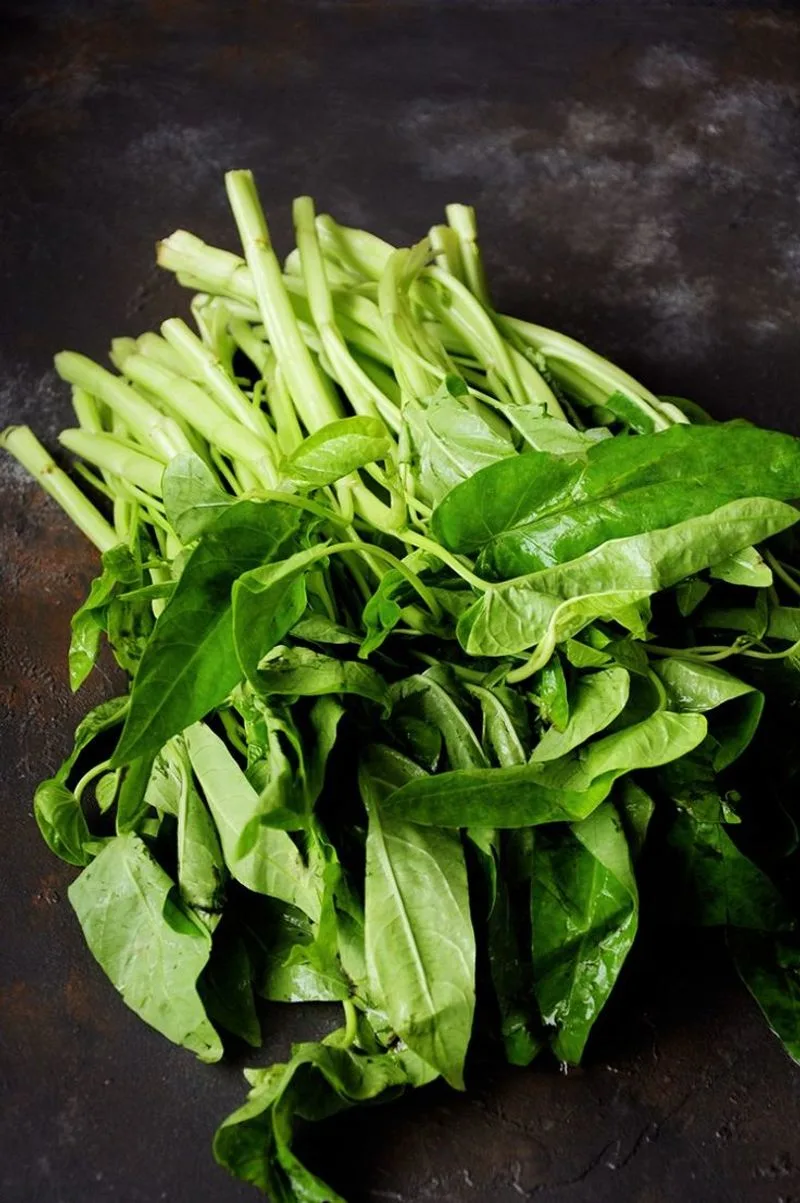
Water Spinach, also known as kangkong, thrives in wet, hot conditions, making it a staple in tropical climates. Its long, hollow stems and narrow leaves are perfect for stir-fries and soups.
This plant’s preference for moist environments allows it to flourish where other greens might struggle, ensuring a steady summer harvest. Its crisp texture and mild flavor enhance a variety of dishes.
Its Asian origins contribute to its widespread use in diverse culinary traditions, illustrating its adaptability and culinary value.
Turnip Greens
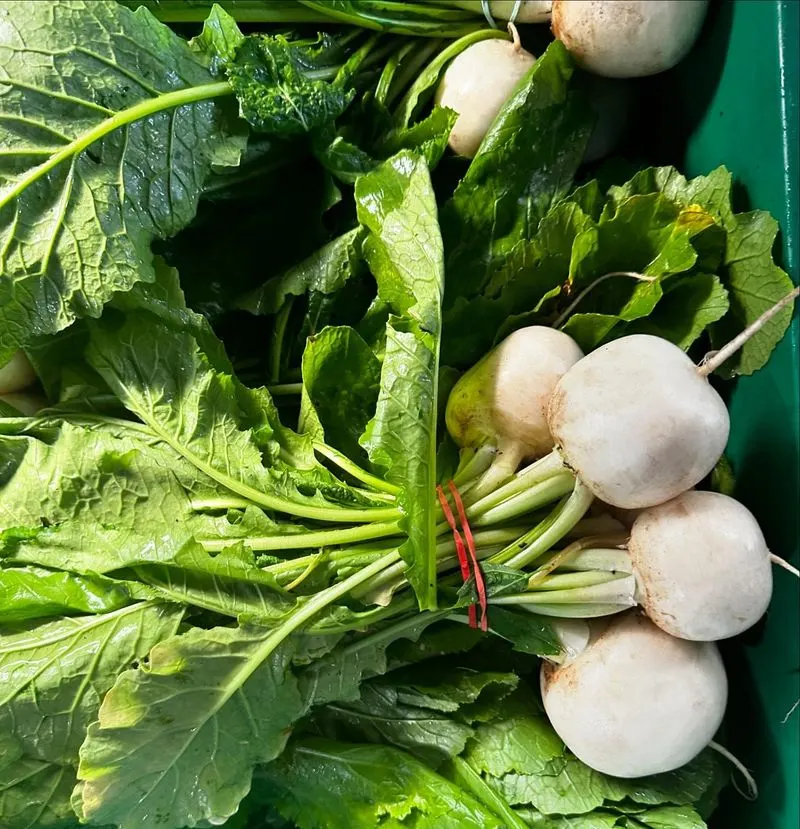
Turnip Greens, often overshadowed by their root counterparts, are valuable for their heat tolerance and nutritional benefits. These greens offer a slightly bitter taste that adds depth to meals.
Their ability to thrive in warm weather makes them a reliable source of vitamins and minerals during summer months. Turnip greens are versatile in the kitchen, complementing a variety of flavors and dishes.
Historically linked to European agriculture, turnip greens have been a staple for centuries, contributing to their enduring popularity and garden presence.
Spinach
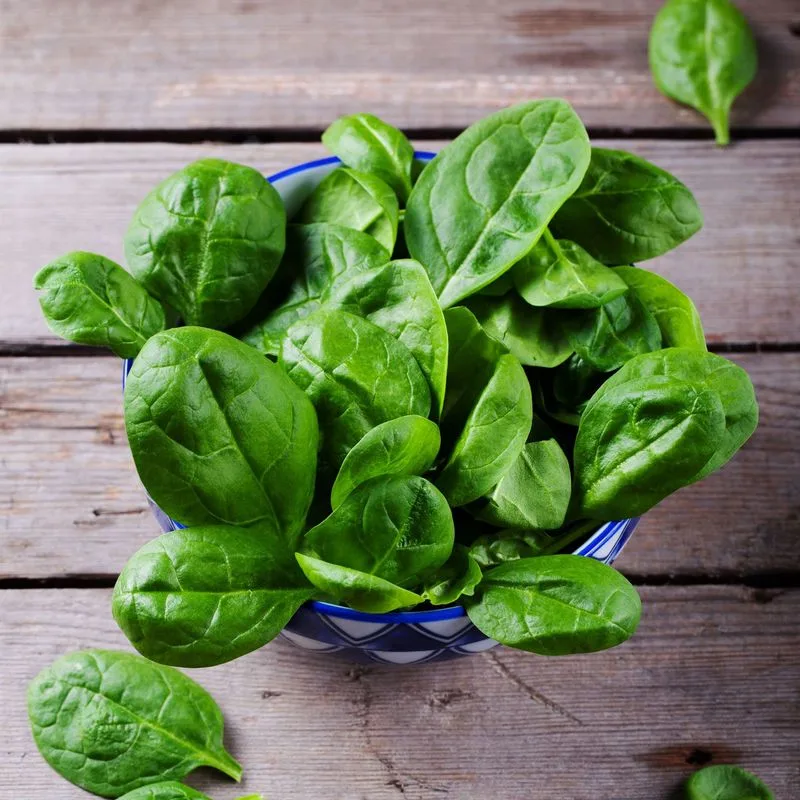
Spinach, though beloved for its nutritional profile, struggles to withstand high heat, often bolting quickly under summer conditions. Its delicate leaves prefer cooler temperatures for optimal growth.
Despite this, spinach remains a garden favorite due to its versatility and health benefits. Early planting and strategic shade can sometimes extend its season slightly.
With origins in Persia, spinach has traveled the world, becoming a culinary staple in numerous cultures, from salads to cooked dishes.
Arugula
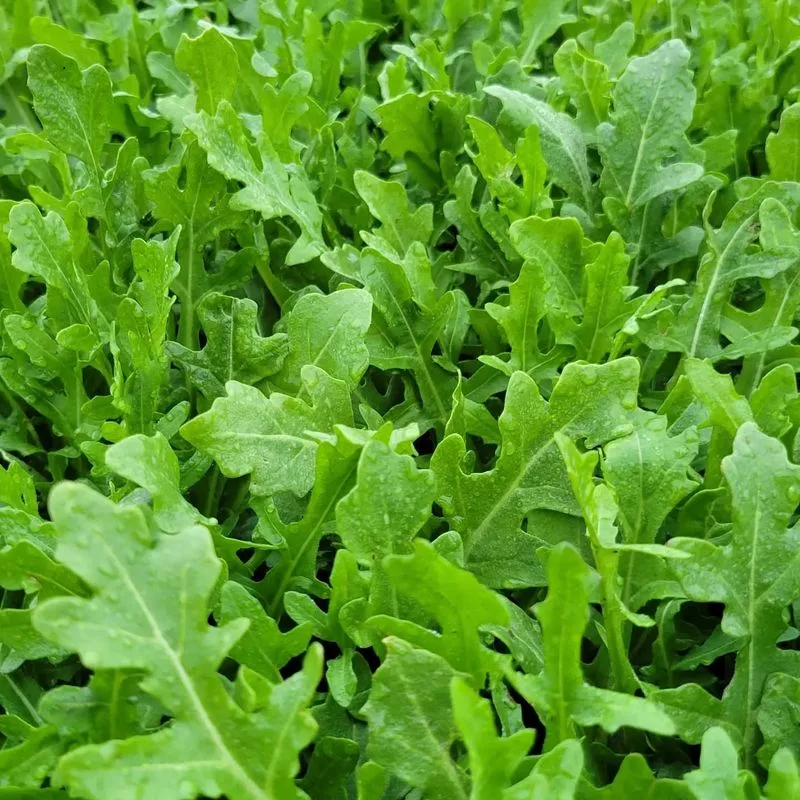
Arugula, known for its peppery bite, tends to bolt quickly as temperatures rise. This green prefers the cooler months, making early summer a challenge.
Gardeners often experience arugula transitioning from leaf production to flowering swiftly, signaling the end of its season. However, its unique flavor continues to be a culinary delight.
Native to the Mediterranean, arugula has been a part of traditional diets for centuries, beloved for its zesty contribution to salads and sandwiches.
Lettuce
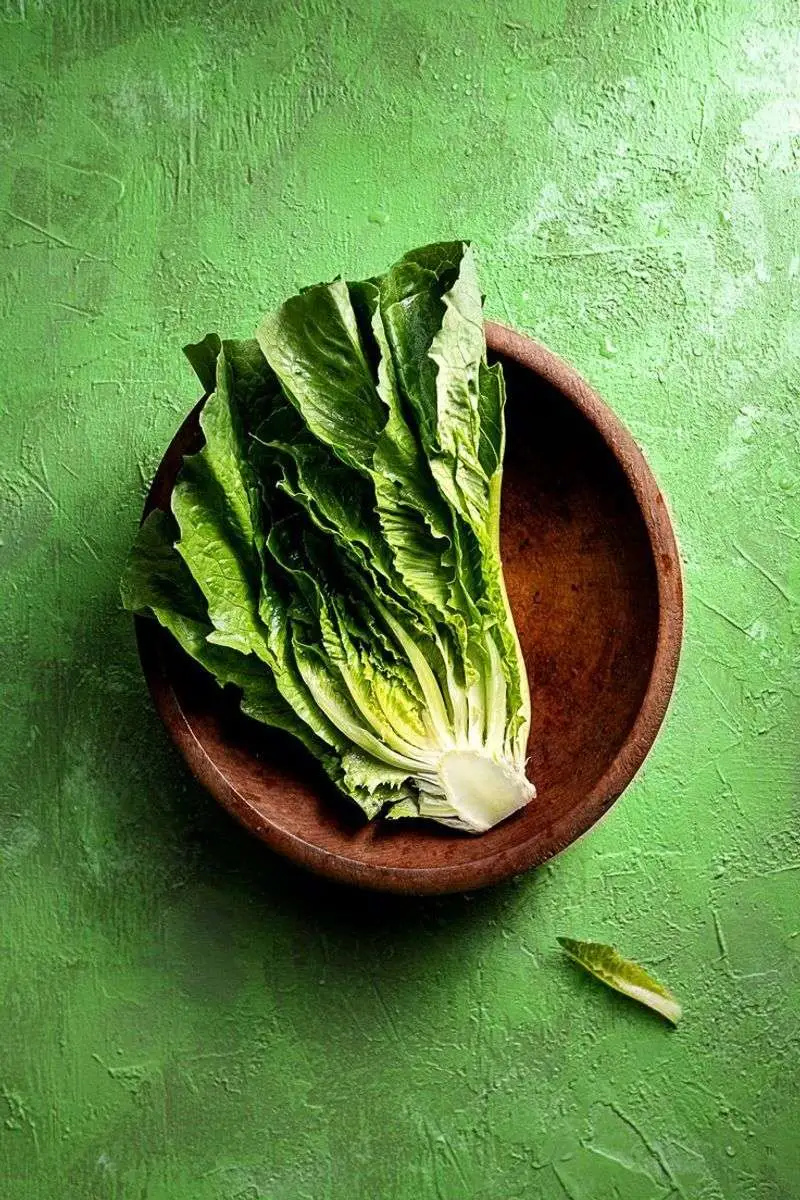
Lettuce, a salad staple, is notorious for bolting as soon as the summer heat kicks in. Its preference for cooler weather means it often struggles in the peak of summer.
When lettuce bolts, its leaves turn bitter, reducing its culinary appeal. Gardeners can sometimes mitigate this by planting heat-resistant varieties or providing shade.
Originating from the Mediterranean, lettuce has been cultivated for thousands of years, cherished for its crisp texture and refreshing taste.
Cilantro
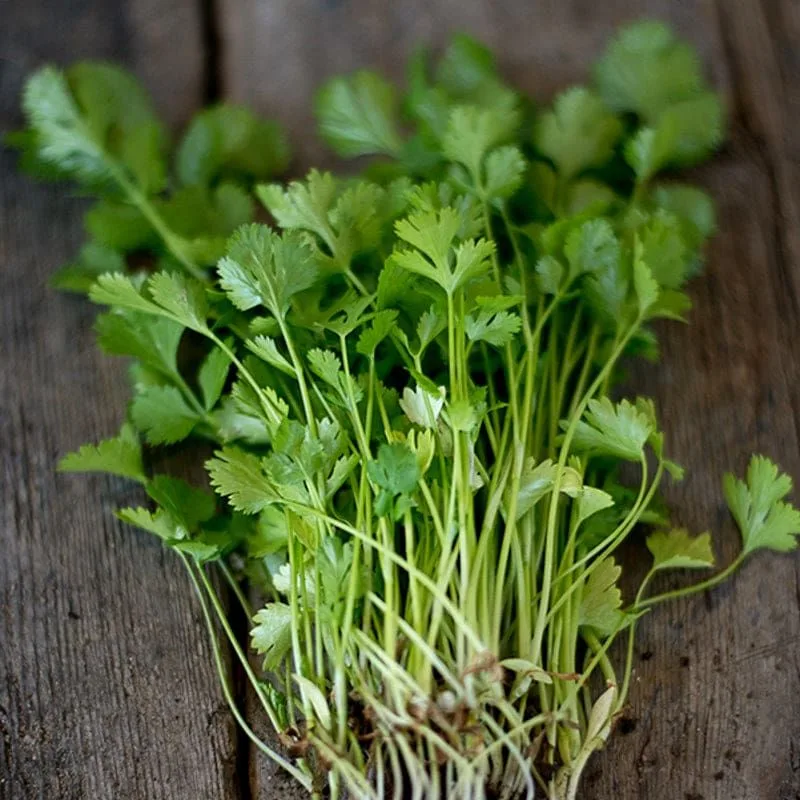
Cilantro, loved for its fresh, citrusy flavor, is quick to bolt in hot weather. This tendency makes it a spring favorite, but challenging in summer.
Once bolting begins, cilantro’s leaves become sparse and its flavor diminishes, prompting gardeners to harvest swiftly. Despite this, it remains a beloved herb in diverse cuisines.
Cilantro’s origins in the Mediterranean and Middle East have made it a global culinary staple, particularly cherished in Mexican and Asian dishes.
Bok Choy
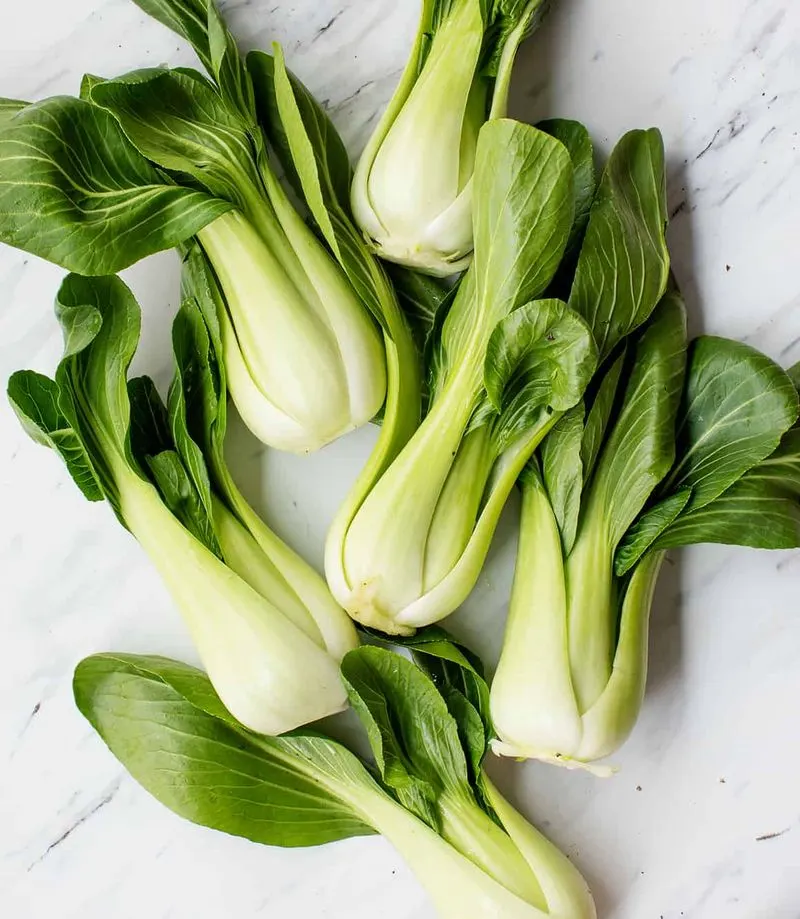
Bok Choy, with its crisp, white stalks and tender leaves, bolts rapidly under high temperatures. It thrives best in cooler climates, making summer challenging.
When conditions aren’t ideal, bok choy quickly transitions to flowering, reducing its culinary value. Planting in spring or fall can help extend its growing season.
A staple in Asian cooking, bok choy’s versatility in dishes from soups to stir-fries contributes to its worldwide popularity, despite its sensitivity to heat.
Radicchio
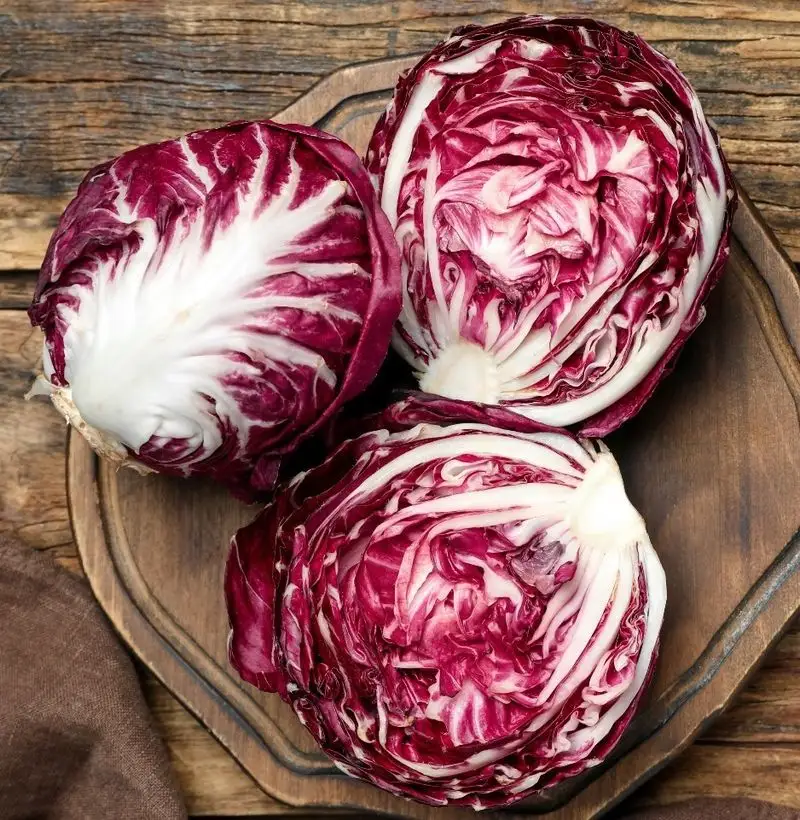
Radicchio, with its distinctive red leaves, is quick to bolt when exposed to summer heat. Its preference for cooler temperatures makes it a challenge to grow during hot months.
When radicchio bolts, it loses its characteristic bitterness and texture, impacting its culinary appeal. Gardeners often plant it as a fall crop to avoid this.
Italian in origin, radicchio has become a favorite in gourmet salads, valued for its bold color and unique taste, despite its heat sensitivity.
Pak Choi
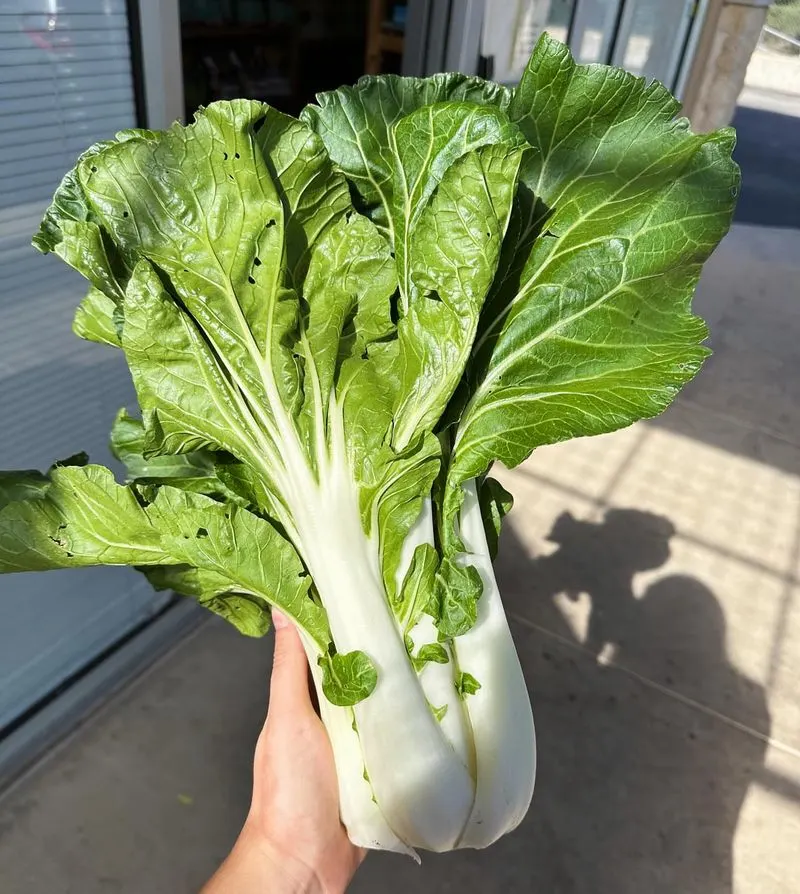
Pak Choi, similar to bok choy, is susceptible to bolting in warm weather. Its tender leaves and crisp stems are best suited for cooler conditions.
As temperatures rise, pak choi quickly shifts from leaf production to flowering, shortening its productive season. Strategic planting can help manage its growth.
Pak choi’s Chinese origins have made it a staple in many Asian dishes, from stir-fries to soups, adding both flavor and nutritional value, despite its heat challenges.
Endive
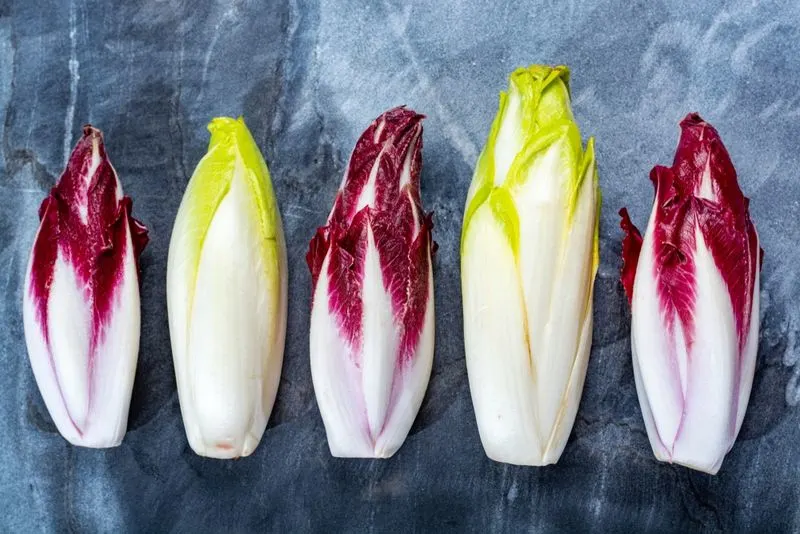
Endive, a member of the chicory family, is quick to bolt when faced with summer’s heat. Its delicate leaves thrive in cooler conditions, making it less suitable for hot climates.
When endive bolts, its leaves become tough and bitter, detracting from its culinary charm. Gardeners often opt to grow it in the cooler months for the best flavor.
Despite its sensitivity to heat, endive remains popular in Mediterranean cuisines, appreciated for its unique texture and slightly bitter taste.

